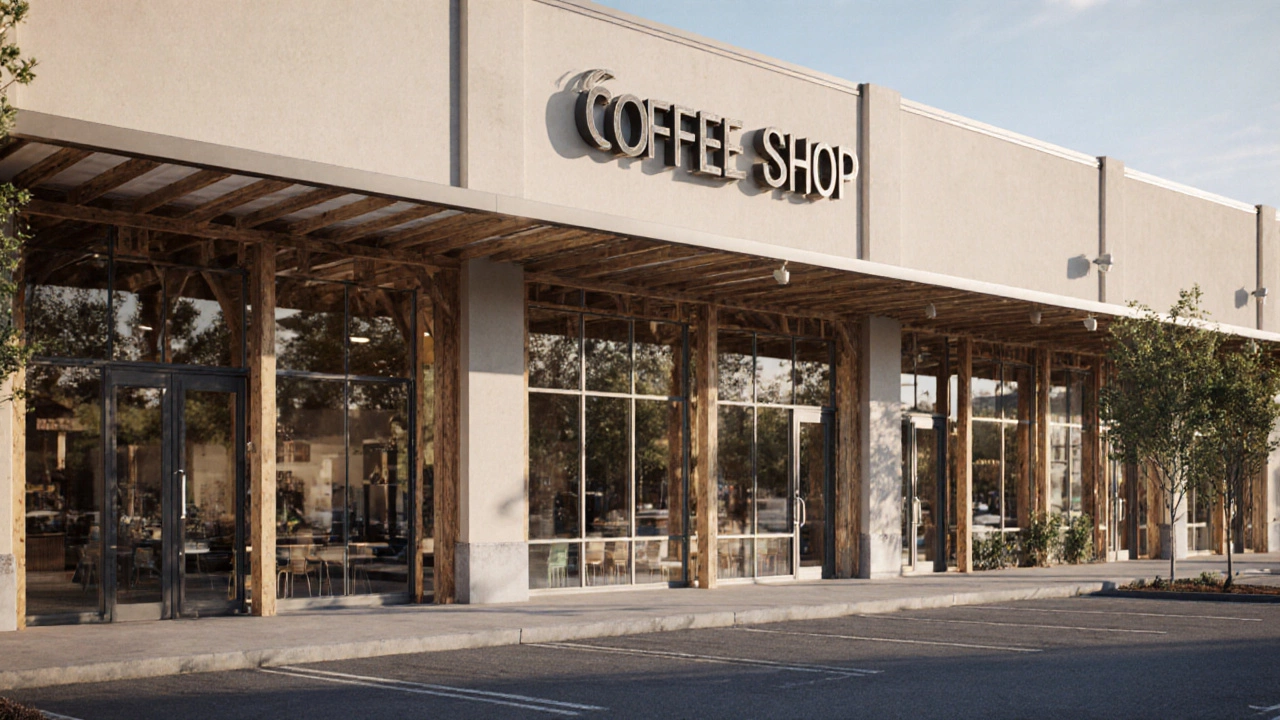Non-Combustible Materials: Safe Flooring and Building Choices for UK Homes
When you hear non-combustible materials, building products that won’t catch fire or contribute to flame spread, even under extreme heat. Also known as fire-resistant materials, they’re not just a building code requirement—they’re a lifeline in home safety. In the UK, fire safety regulations have tightened over the last decade, especially after events like the Grenfell Tower tragedy. That’s why more homeowners and builders are asking: what’s actually safe underfoot, on the walls, or around the hearth? The answer isn’t just about avoiding plastic or wood—it’s about choosing materials that won’t turn a small accident into a disaster.
Not all fire-resistant materials are the same. concrete, a dense, mineral-based material used in subfloors and underlayments is one of the most reliable. ceramic tile, a fired clay product that doesn’t burn, melt, or release toxic fumes is another top pick for kitchens and bathrooms. Even stone flooring, like slate or granite, which naturally resists heat and flame, works well in high-risk zones. These aren’t just for commercial buildings—they’re practical, durable, and increasingly affordable for homes. What’s more, many modern vinyl and laminate floors now come with fire-retardant cores that meet Class B-s1,d0 ratings, the UK’s standard for low flame spread and low smoke production.
It’s not just about the floor. Non-combustible materials affect everything from wall underlays to insulation behind radiators. If you’re renovating, especially near a boiler, chimney, or electric heater, skipping these materials is like driving without seatbelts. The good news? You don’t have to sacrifice style. Today’s non-combustible options come in wood-look tiles, textured stone finishes, and even seamless epoxy coatings that mimic polished concrete. You can have beauty and safety side by side.
The posts below cover real-world examples of how people are using these materials in UK homes—from basement conversions to kitchen overhauls. You’ll find cost comparisons, installation tips, and code-checklists that actually help you avoid costly mistakes. Whether you’re building new, renovating, or just worried about safety, this collection gives you the facts—not the fluff.
What Is Type 5 Building Construction? Understanding Wood-Framed Structures in Commercial Use
- Gavin Whitaker
- |
- |
- 0
Type 5 building construction uses wood framing for small commercial buildings like retail stores and clinics. Learn how it works, where it's allowed, fire safety rules, and what to check before leasing or buying.
View more